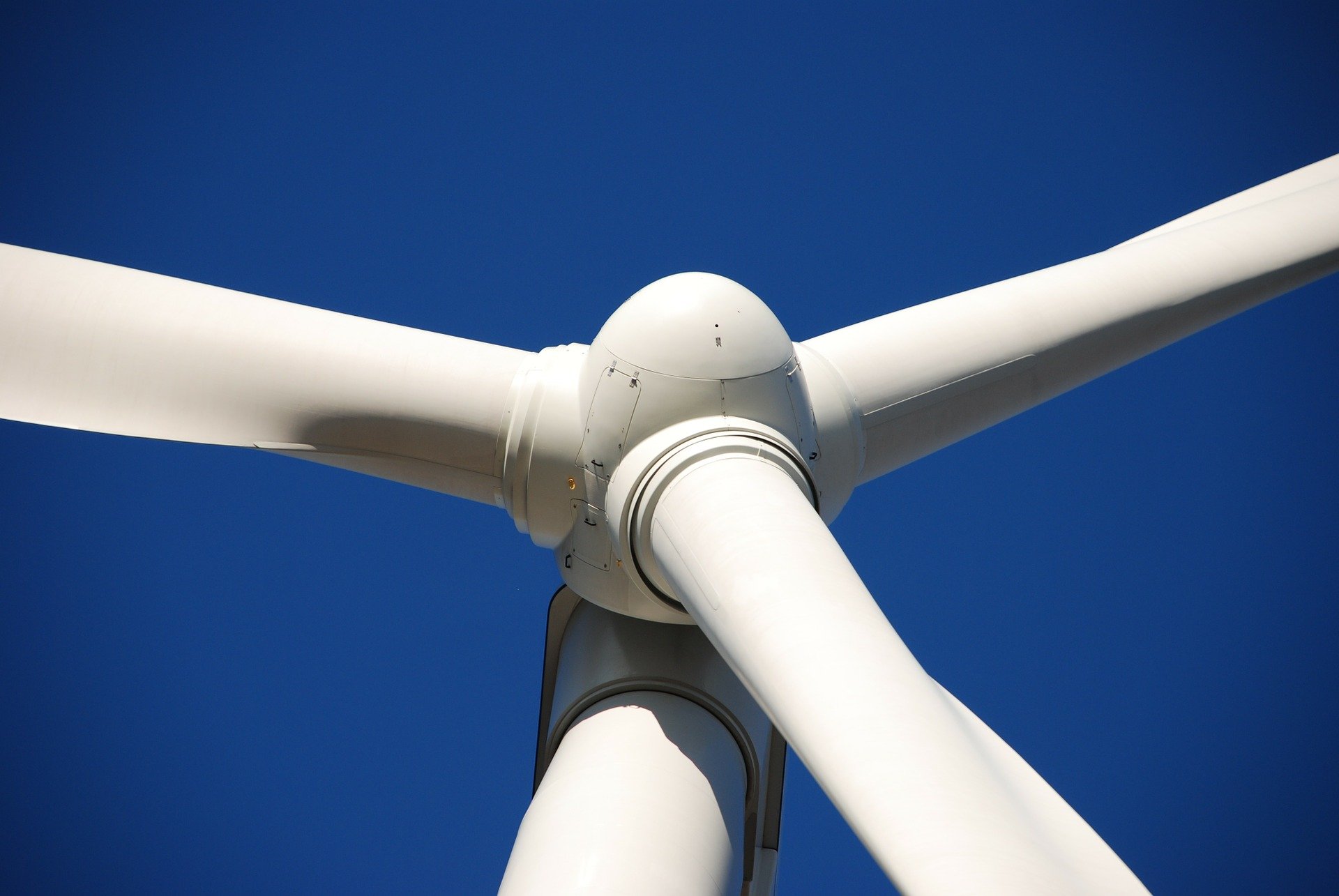Researchers at the UPV/EHU’s Faculty of Engineering -Vitoria-Gasteiz have proposed using the energy generated on offshore wind turbine farms to produce hydrogen in situ instead of conveying it ashore by cable. They have shown that this is technically possible and economically viable. They have also confirmed that incorporating some very low-cost components significantly improves wind turbine efficiency. The research has been published by the International Journal of Hydrogen Energy.
-

Eco friendly, inexpensive system for storing high-power energy from pine biomass
-

A study disproves claim that AI use directly triggers plagiarism among university students
-

Sediment transport restored after demolition of the Olloki dam
-

Toxic chemical pollutants detected in lichens and mosses in the Irati forest
Energy generated on offshore wind turbine farms, and conveyed ashore as hydrogen fuel
A piece of research by the UPV/EHU-University of the Basque Country confirms the viability of using offshore wind energy to produce hydrogen for fuel purposes
- Research
First publication date: 30/04/2020

The generation of energy on offshore wind turbine farms is much higher because heavy-duty wind turbines are deployed and wind regimes are much more stable than on land. “There are two ways of conveying all this energy produced ashore: by building a huge piece of infrastructure to be able to bring the electrical power grid right up to it and convey the electricity generated via cable, or by producing hydrogen on the spot by means of hydrolysis using the energy produced there, and then conveying the hydrogen ashore to be used as fuel. We have gone for the second option and the aim of this research was to find a way of improving this process,” explained Ekaitz Zulueta-Guerrero, researcher in the Department of Systems Engineering and Automation of the UPV/EHU’s Faculty of Engineering - Vitoria-Gasteiz.
When embarking on the research the researchers in the Department of Systems Engineering and Automation and the Department of Nuclear Engineering and Fluid Mechanics of the Faculty of Engineering - Vitoria-Gasteiz sought to reduce the energy cost of the hydrogen-producing process. “To improve the aerodynamics of the wind turbines we wanted to test the effect of two components used to control turbine flow. One is a vortex generator, the other Gurney flaps which are fitted to the blade and which significantly improve the thrust force, and therefore the aerodynamics,” explained Unai Fernandez-Gamiz, member of the Department of Nuclear Engineering and Fluid Mechanics. What is more, “they are very cost-effective and can be easily fitted to the wind turbines”.
Power to produce hydrogen by means of hydrolysis
In the second step they wanted to see whether “it is both technically and economically viable to use that energy produced on the offshore wind turbine farms themselves to generate hydrogen by means of hydrolysis and thus be able to convey it ashore so that it can be used as fuel,” added Fernandez-Gamiz. “In fact, the hydrogen generated could be conveyed ashore by ship and, what is more, that energy accumulated would offer the electrical system great flexibility bearing in mind that right now electricity production has to be in line with demand.”
The tests were conducted at the National Renewable Energy Laboratory (NREL) in the United States on a 5-MW turbine, the technical, geometrical characteristics and other parameters of which are public. “The annual energy production of the turbines was found to be about 2.5 % higher. It is not a very high increase, but bearing in mind the huge potential of wind turbines deployed offshore, a huge amount of additional energy is produced,” explained Zulueta. The researchers also calculated the amount of hydrogen that could be produced using this additional generation of energy: over 130,000 Nm3. In other words, “the amount of fuel that a million hydrogen-powered cars would need to travel 100 kilometres", said the researchers in the article. “And that is thanks to the flow control components added, which entail hardly any additional costs.”
Once it has been found to be technically possible and economically viable, the next step, according to the researchers, would be “for a wind turbine farm developer to get in touch with us to test, measure and adapt to the developer’s systems what was achieved at the facility in the United States”.<0} And they added that to do this the wind tunnel in the Marie Curie building would be extremely useful for them; it is a facility located in Miñano (Alava, Basque Country) belonging to the Basque Government, and which would enable them to take the necessary measurements and make the necessary adjustments. “Following the failure of the Epsilon Euskadi motor-racing team in 2012, the whole facility fell into disuse and the tunnel technology became obsolete. However, it is a very special facility where it is possible to analyse the behaviour of aerodynamic profiles (such studies can only be conducted in very few places). We could update it and use it if we were given access it.”
Additional information
This research was carried out in collaboration with researchers in the Department of Systems Engineering and Automation and the Department of Nuclear Engineering and Fluid Mechanics at the UPV/EHU’s Faculty of Engineering - Vitoria-Gasteiz. The former specialises in the design, control and modelling of wind turbines while the latter specialises in aerodynamics.
Bibliographic reference
- Flow control based 5 MW wind turbine enhanced energy production for hydrogen generation cost reduction
- International Journal of Hydrogen Energy
- DOI: 10.1016/j.ijhydene.2020.01.022

